While there are certain exercises for sciatica that need to be individually tailored, the following 5-minute programme of stretches for sciatica will help almost anyone find some back pain and sciatica relief!
Aims of this post:
- Discuss why you probably need a new stretching programme!
- Discuss the benefits of stretching and what it can do for you.
- Give you a 5-minute guide to the most time-efficient stretches you can perform for your back pain and sciatica
Before we dive in, please be aware that we are part of the Amazon Affiliate programme. This page may contain Amazon affiliate links, so if you choose to purchase a product for your sciatica that we recommend through a link on this page, we will receive a small commission at no extra cost to you. This helps us keep Overcome Sciatica alive! Thank you for your support. Please be assured that we only ever recommend products that we truly believe can help.
Why use a programme of stretches for sciatica?
Increasing suppleness of the muscles is so important for anyone suffering from back pain or sciatica, and is why stretches for sciatica should be included in everyone’s rehab plan.
When muscles are tight and tense, stiffness occurs in both the affected area as well as other areas of the body. This stiffness can then lead to an increase in pain as a result of biomechanical imbalances.
A prime example of this is when the lower back becomes stiff and sore due to tightness in the hamstring, quad and gluteal muscles in the legs.
The tight muscles in the legs “pull” on the pelvis, which can tilt it forward or back, disadvantaging the lower back.
Pain then results from this imbalance and improper loading through the pelvis and lower back.
Stretches for sciatica aim to reduce this pulling effect and alleviate pain as a result.
Having supple muscles over the long run may also decrease the rate of wear-and-tear on the joints, discs and cartilage in the back, ensuring your spine stays healthy for longer.
Who is at risk?
Anyone can be at risk from muscular tightness.
However, the people who are affected worse by this tend to be those who sit for long periods of time at work or at home. This inactivity can be really problematic over a long period of time.
The latest quote by some of the leading national health consultants is that “sitting is the new smoking” because of the detrimental effects of prolonged inactivity.
For these people, a stretches for sciatica are a vital addition to their daily routine.
Stretching programmes don’t have to be long-winded and painful, despite what your local gym instructor told you! You can easily see benefits from just 5 minutes per day.
Key Benefits of Stretching
- Improved blood flow to muscles
- Improved joint mobility (you’ll be able to bend, twist and flex further than before)
- An increased feeling of suppleness and robustness
- Counteract the effects of sitting for long periods
- A sense of relaxation
- Decreased risk of pulling a muscle, especially early in the morning
Key principles for stretches for sciatica
- Each one of these stretches for sciatica must be held for a minimum of 30 seconds. Any less and you won’t get a lasting benefit.
- Don’t exceed a discomfort level of 5/10 (if 10/10 represents the worst pain ever).
- Complete each of the following stretches each day, at any time that you prefer. Personally, I prefer to stretch early in the morning so I am ready for movement throughout the day. However, I know people who love to stretch before bed instead.
- Be sure not to “bounce” into the stretch – simply take it to a comfortable level and hold.
- If you experience an increase in your pain while using this programme, consult your doctor or physiotherapist.
5-Minute Programme of Stretches for Sciatica and Back Pain Relief
The exercises provided on this page for informational purposes only and are not designed to be a ‘prescription’ of any kind. Be sure to check with your healthcare provider before you begin any new exercise programme.
1. Gluteal Stretch
What to do: Sit on the floor with your resting leg stretched out. Cross the leg to be stretched over the extended leg and plant the foot. Reach across with the opposite arm and gently pull the knee towards your opposite shoulder. Hold for 30 seconds.
Where you should feel it: You should feel a stretch in the buttock area.
Why this helps: The gluteal (buttock) muscles attach to the pelvic area. If they become tight, they will pull on the pelvis, which can put the back into a position where it becomes painful. By stretching these muscles, you will reduce the pull on the pelvis.
2. Hip Flexor Stretch
What to do: In the above picture, the left leg is the one being stretched. Lean forward slowly whilst keeping your knee on the ground and hold.
To increase the emphasis on one of the most commonly tight hip flexor muscles, rectus femoris, pull your heel up towards you using a towel as shown in the second picture above. Rectus femoris is one of the quadriceps and so works to extend the knee as well as flex at the hip.
Where you should feel it: At the front of the hip, high up. You should feel the stretch continue further down the leg from the stretch in the second picture.
Why this helps: A muscle called “psoas major” which flexes your hip (think of a kicking movement) actually originates from the bones in the spine. If this muscle becomes shortened, it will pull on its spinal attachment, which adds excess pressure to some parts of the spine and can cause pain. By stretching this muscle, you can reduce this tension.
 3. Piriformis Stretch
3. Piriformis Stretch
What to do: Performing the above stretch will place more emphasis on gluteus medius and minimus and also piriformis, muscles that can all be commonly tight around the hip, particularly if you are someone who enjoys regular running.
Where you should feel it: You will feel this stretch deep in the buttock if performed correctly.
Why this helps: The piriformis is a muscle that sits deep within the buttock. In some people, the sciatic nerve runs through the piriformis as part of their normal anatomy. If the pirifmoris gets tight in these people, it can compress the nerve and cause sciatica. Tightness in the piriformis can lead to back pain regardless of whether or not the sciatic nerve is involved. Stretching this muscle will minimise those risks.
Are You Looking for RAPID Relief from Sciatica?
My good friend, colleague and fellow international sciatica expert, Dean Volk, has a brand new sciatica relief video course available – and I’m delighted to be an official sponsor!
Check out Dean Volk’s “Kicking Sciatica OUT of the Butt!” Online Pain Relief Course Here!
I can proudly recommend Dean and his course for sciatica sufferers – because I’ve seen his incredible results first-hand. You can check out his course (and get lifetime access to the videos and bonus content) by clicking HERE.
4. Sciatic Nerve Flossing
What to do: Sit on the edge of a chair or bed. Extend the painful leg out in front of you, as shown. Look straight ahead as your bring your toes up towards your body, shown in the first picture. Then, drop your chin to your chest as you simultaneously drop your toes down towards the floor. Hold for 2 seconds, then return to the position in the first picture. Repeat this process for 30 seconds total.
Where you should feel it: You may feel a slight tightening down the back of your leg as your perform this movement; although, this should not exceed a 4/10 on the discomfort scale.
Why this helps: While this isn’t strictly a “stretch”, it is still a perfect addition to this 5 minute stretching programme for sciatica. Sciatic nerve flossing works on the premise that the sciatic nerve often gets trapped somewhere along its path. By rhythmically “flossing” the nerve, you can free it from entrapment, easing symptoms dramatically.
Click here to read about some alternative treatment options to stretching!
Conclusion
Although there are hundreds of stretches for sciatica that have potential to help, the ones I have listed here will give you the most bang for your buck in a short space of time.
I dislike spending long periods of time stretching as I feel it is unproductive and unnecessary. Instead, trying this 5 minute stretching programme for sciatica will give you a range of benefits in a miniscule period of time.
If you can, perform these stretches every day. Building a programme like this into your routine will take a bit of time but once it becomes a habit, you should reap the rewards of your investment!
As always, thanks for reading!
The information on Overcome Sciatica should never be used as a substitute for medical advice from a doctor. Never put into action any tips or techniques from Overcome Sciatica without checking with your doctor first. Please see full terms of use here.

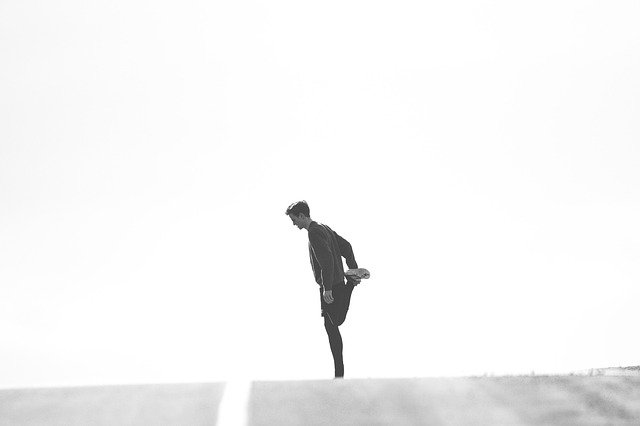
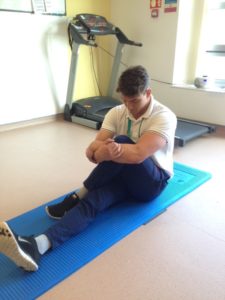
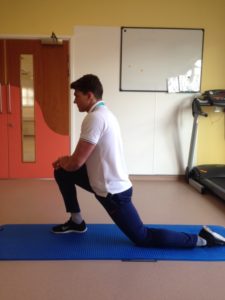
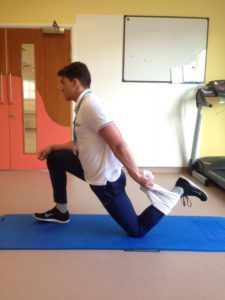
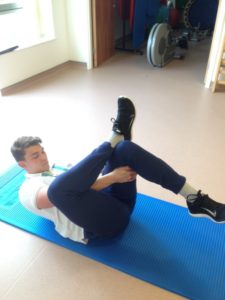 3. Piriformis Stretch
3. Piriformis Stretch
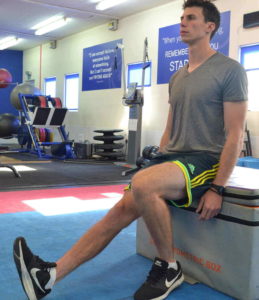
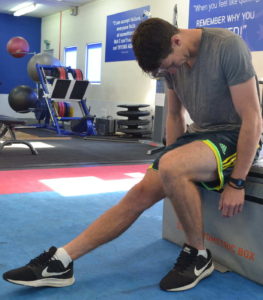
Hi Will, should these stretches be performed on the affected or unaffected side or both?
These articles are excellent, very informative, keep up the good work. Many thanks
Thank you , I will try these steps of exercises, however my feet are numb at the end always and the left leg is in severe pain making it difficult to walk . I hope this helps Thanks once again
Suresh Autar